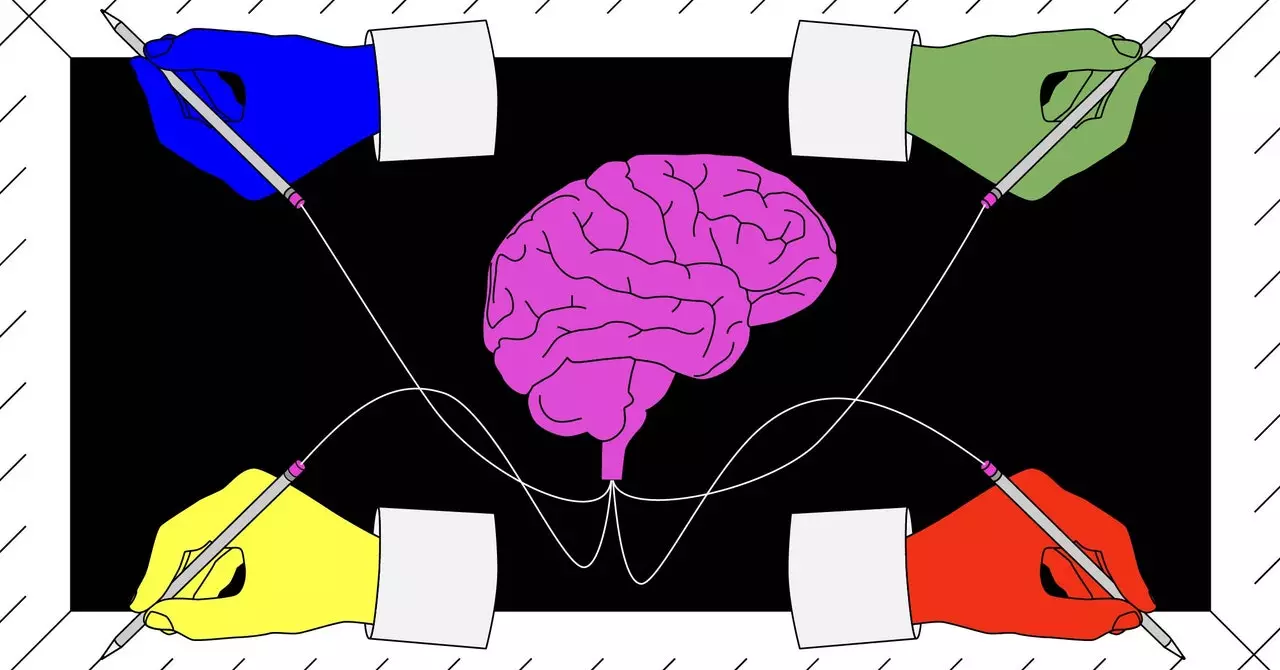In the past year alone, students have submitted over 22 million papers that likely utilized generative AI, according to data released by Turnitin. This marks a significant increase in the use of AI in writing, as Turnitin’s AI writing detection tool has scanned more than 200 million papers, revealing that 11 percent of them may contain AI-generated language in at least 20 percent of their content. Even more concerning is the fact that 3 percent of the papers reviewed were flagged for containing 80 percent or more AI writing.
While the introduction of generative AI may seem like a technological breakthrough, it comes with its own set of challenges and ethical implications. There have been instances where generative AI has produced inaccurate information, cited non-existent academic references, or even exhibited biases related to gender and race. Despite these flaws, students have been turning to AI chatbots for various purposes, including research and as ghostwriters, with some instances of AI-generated content making its way into published academic works.
The Teacher’s Dilemma
Teachers are now faced with the challenge of detecting the use of generative AI in student papers, particularly when it comes to enforcing academic integrity and preventing plagiarism. The task becomes even more complex when considering that some instructors are also incorporating generative AI into their grading processes. The issue lies in the difficulty of distinguishing between original student work and content generated by AI, especially when students may use AI chatbots in different ways, ranging from seeking assistance to having their papers entirely written by the software.
As the use of generative AI continues to grow, detection tools such as Turnitin’s AI detector have been updated to identify not only AI-generated content but also text rewritten by tools like Grammarly and word spinners. However, the integration of AI components into familiar software products complicates the landscape even further, blurring the lines between what is permissible for students to use. Additionally, there is a risk of bias in detection tools, with English language learners facing a higher likelihood of triggering false positives, as highlighted by a recent study.
The Way Forward
Addressing the impact of generative AI on student writing requires a multi-faceted approach that balances technological advancements with ethical considerations. Educators must continue to develop effective strategies for detecting AI-generated content without unduly distressing students or resorting to unreliable methods. Students, on the other hand, must be encouraged to uphold academic integrity and acknowledge when they have utilized generative AI in their work. Ultimately, navigating the increasingly complex relationship between technology and education will require collaboration and a shared commitment to upholding the standards of academic honesty.


Leave a Reply